If you want to sculpt a powerful, defined back but don’t have access to a cable machine, resistance band lat pulldowns are a game-changing alternative. With just a durable resistance band and a secure anchor point, you can replicate the lat pulldown movement and effectively target your lats, traps, rhomboids, and even your core—all without stepping foot in a gym.
Why Use Resistance Bands for Lat Pulldowns?
Traditional lat pulldowns use weight stacks and pulleys to challenge the back muscles. Resistance bands mimic this movement through elastic tension, allowing you to engage the same muscle groups while adding the unique benefits of variable resistance and portability. Whether you're doing a banded lat pulldown at home, on the road, or outdoors, you're building strength while keeping your joints happy.
Muscles Worked in Band Lat Pulldowns
-
Latissimus dorsi (lats) – the primary mover, giving that “V-taper” look
-
Rhomboids and traps – stabilize the upper back
-
Rear deltoids – assist in the pulling motion
-
Core and biceps – help control the band movement and stabilize the spine
This makes the lat pulldown with resistance bands a comprehensive upper-body and core-strengthening movement.
How to Perform the Resistance Band Lat Pulldown
Setup:
-
Anchor the band to a high point—such as the top of a door, pull-up bar, or ceiling hook.
-
Use a lat pulldown bar for resistance bands or simply grip the ends of the band.
Execution:
-
Kneel or stand tall facing the anchor point.
-
Grab the band with both hands, arms extended overhead.
-
Pull down with control, squeezing your shoulder blades together.
-
Stop when your hands are about shoulder-level.
-
Slowly return to the starting position.
Keep your spine neutral, elbows tucked slightly forward, and avoid flaring the ribs.
Variations for All Levels
-
Loop Band Lat Pulldown: Use a closed loop band for better control.
-
Lat Pulldown with Theraband: Ideal for beginners and rehab settings due to lower tension.
-
Single-Arm Band Lat Pulldown: Helps correct muscle imbalances.
-
Kneeling Lat Pull Downs with Bands: Adds core engagement and mimics the machine movement more closely.
-
Lateral Pull Down with Band: Targets side and rear delts along with the lats.
These variations help you progressively challenge your body as you grow stronger.
My Personal Experience
During the pandemic lockdowns, I swapped out gym equipment for resistance bands. At first, I was skeptical—could resistance band pulldowns really match the burn of a cable machine? But after just a few weeks of consistent lat pulldown resistance band workouts, I noticed a marked improvement in posture and upper-back definition. It also helped relieve nagging shoulder tightness from too much sitting.
The key for me was to focus on form, slow tempo, and squeezing the shoulder blades at the bottom. I still use resistance band lateral pull downs as a staple in my home workouts today.
Pro Tips for Best Results
-
Choose a resistance level that challenges you in 10–15 reps.
-
Anchor your band securely—it makes a big difference in tension and safety.
-
Focus on full range of motion and mind-muscle connection.
-
Pair lat pulldowns with rows and face pulls for a complete back session.
Final Thoughts
Whether you call it a lat pull down with band, banded lat pulldown, or exercise band lat pulldown, this move is a powerful addition to any home training plan. It's proof that you don’t need heavy weights to build a strong, athletic back. With consistency, good form, and smart progression, resistance bands can help you unlock serious results—no gym required.




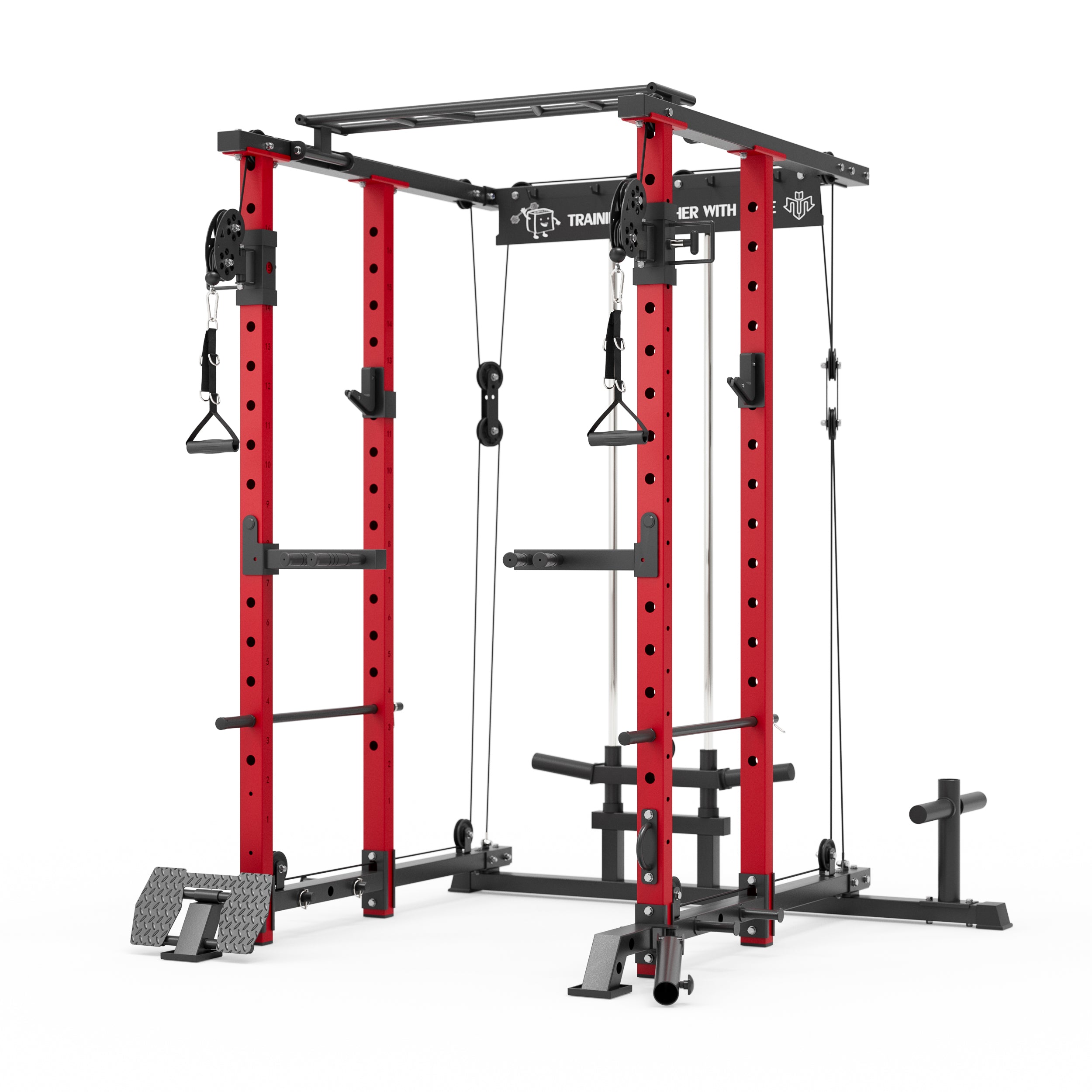


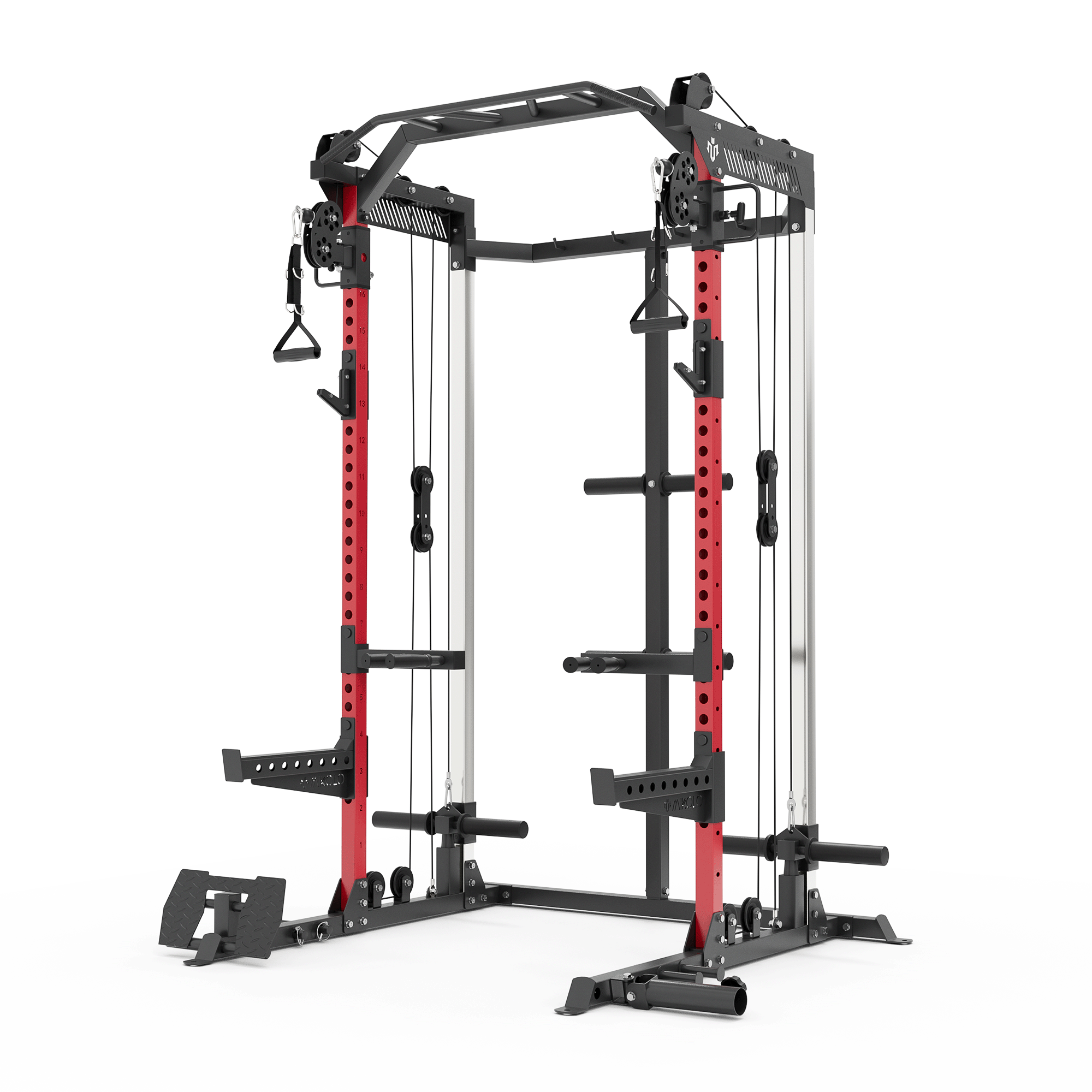








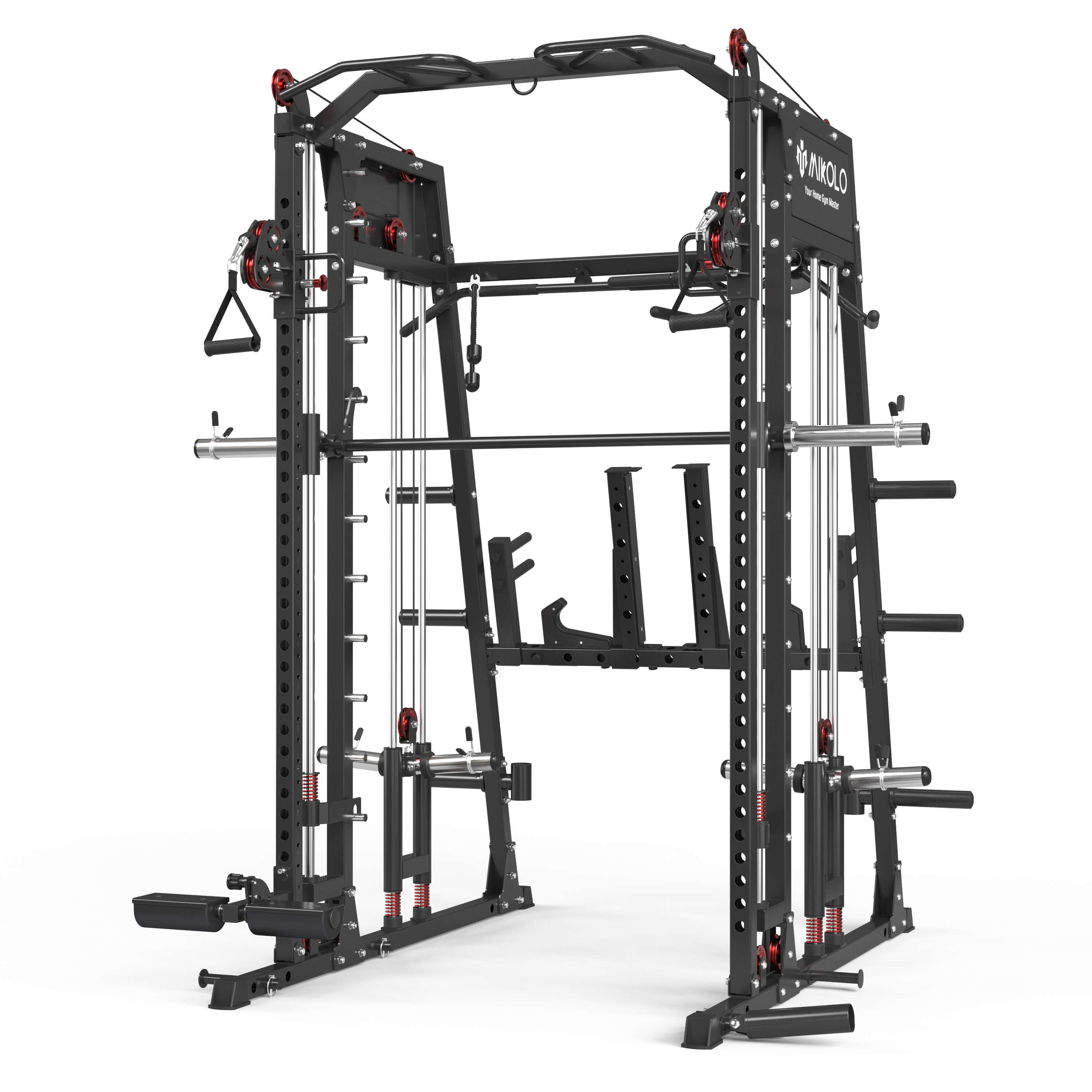









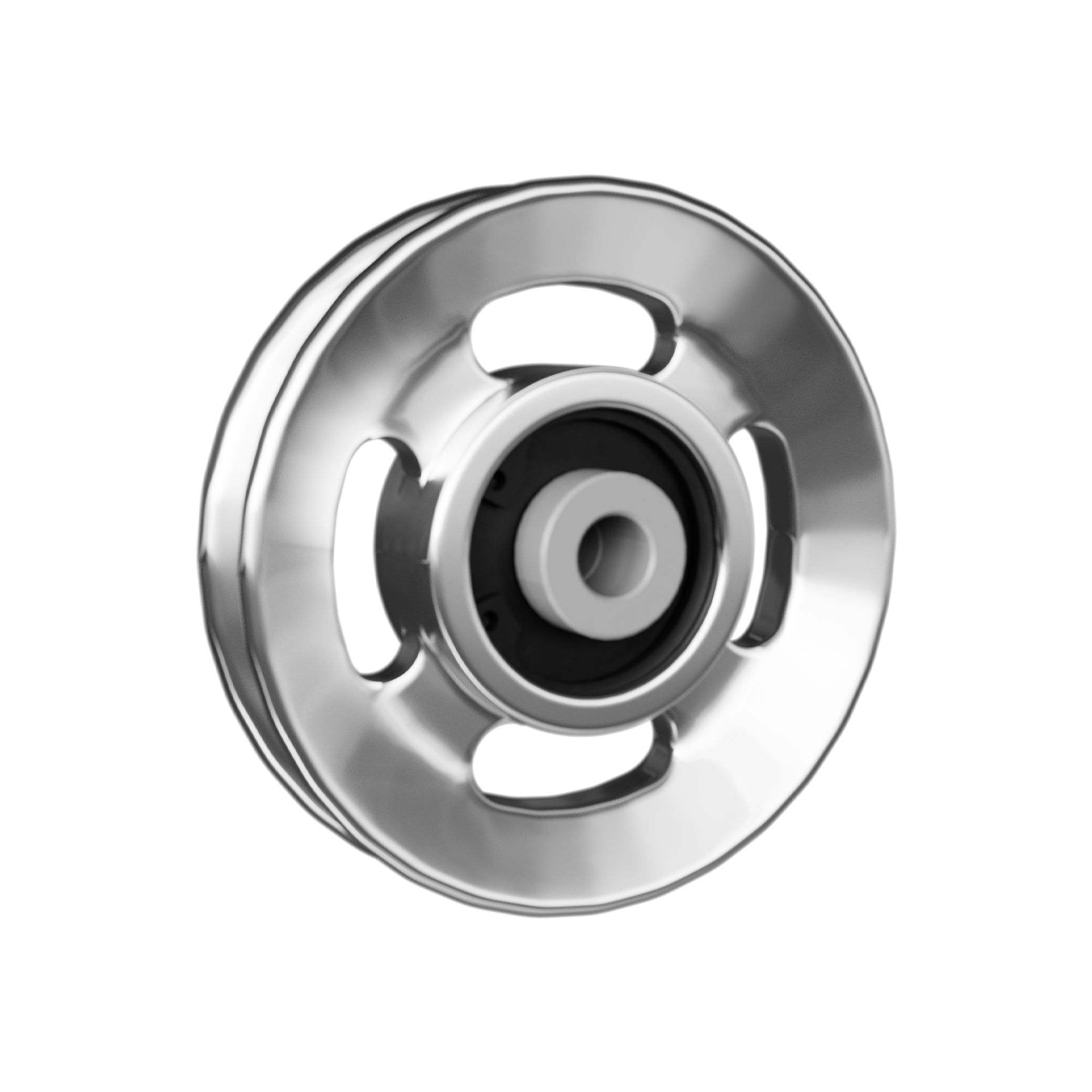



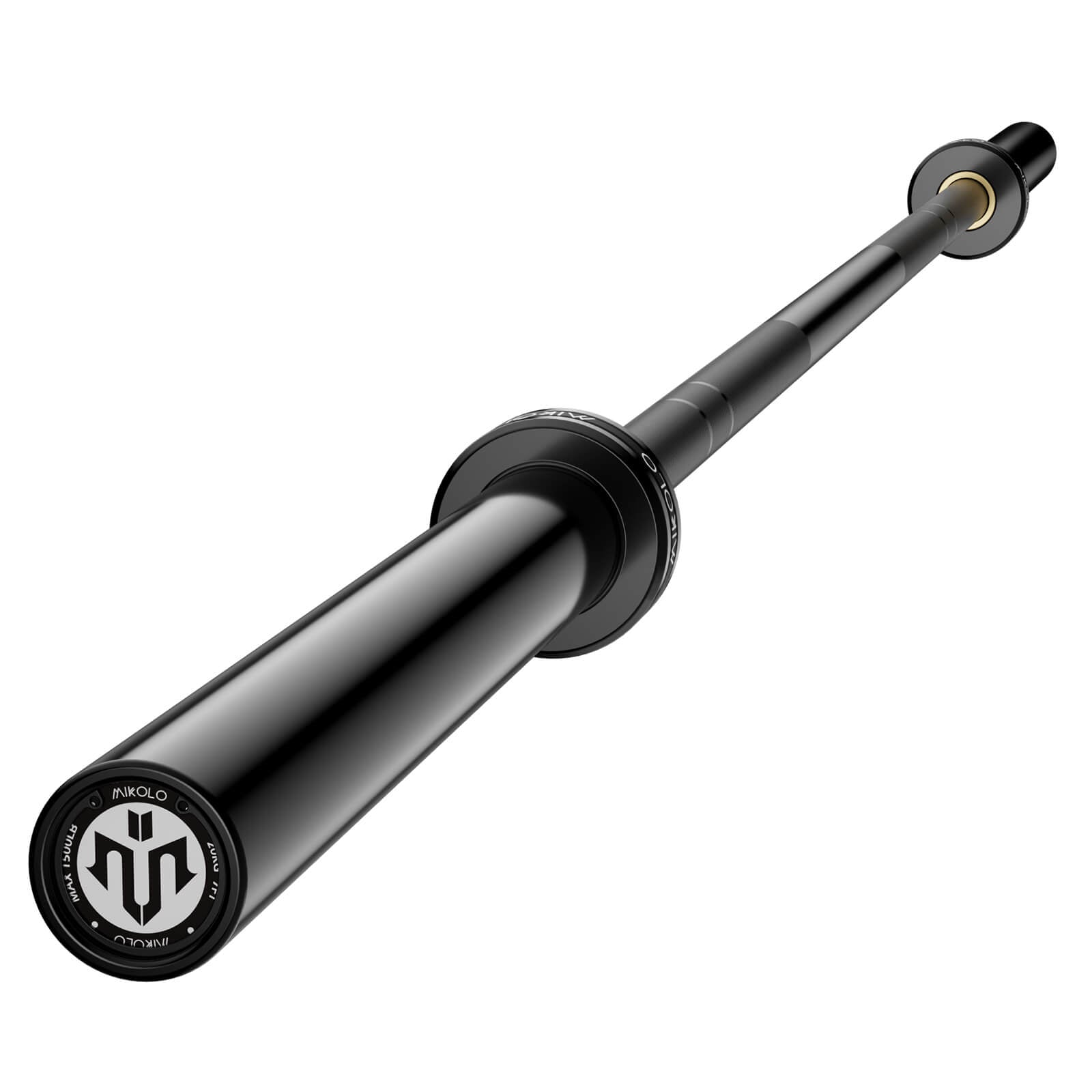




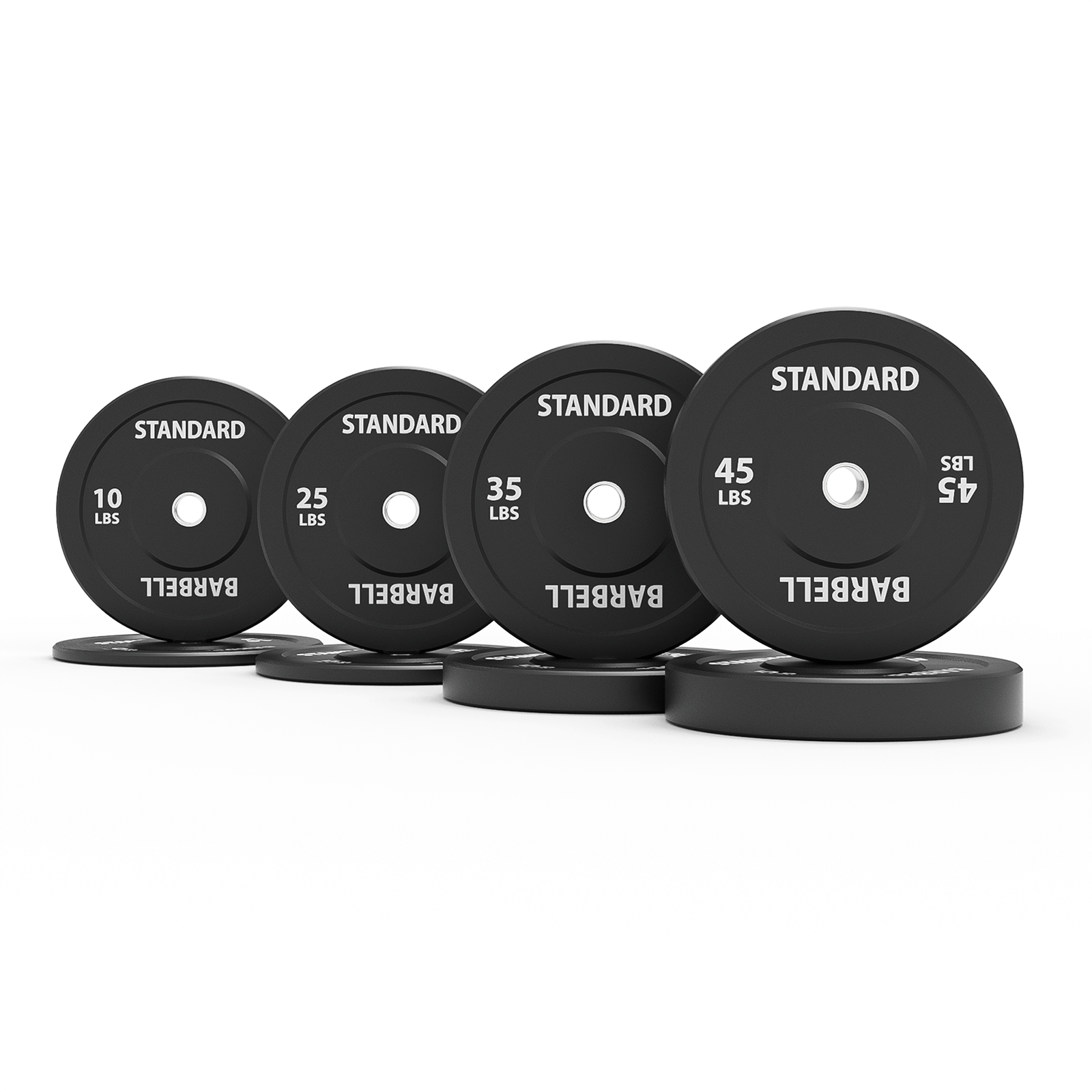




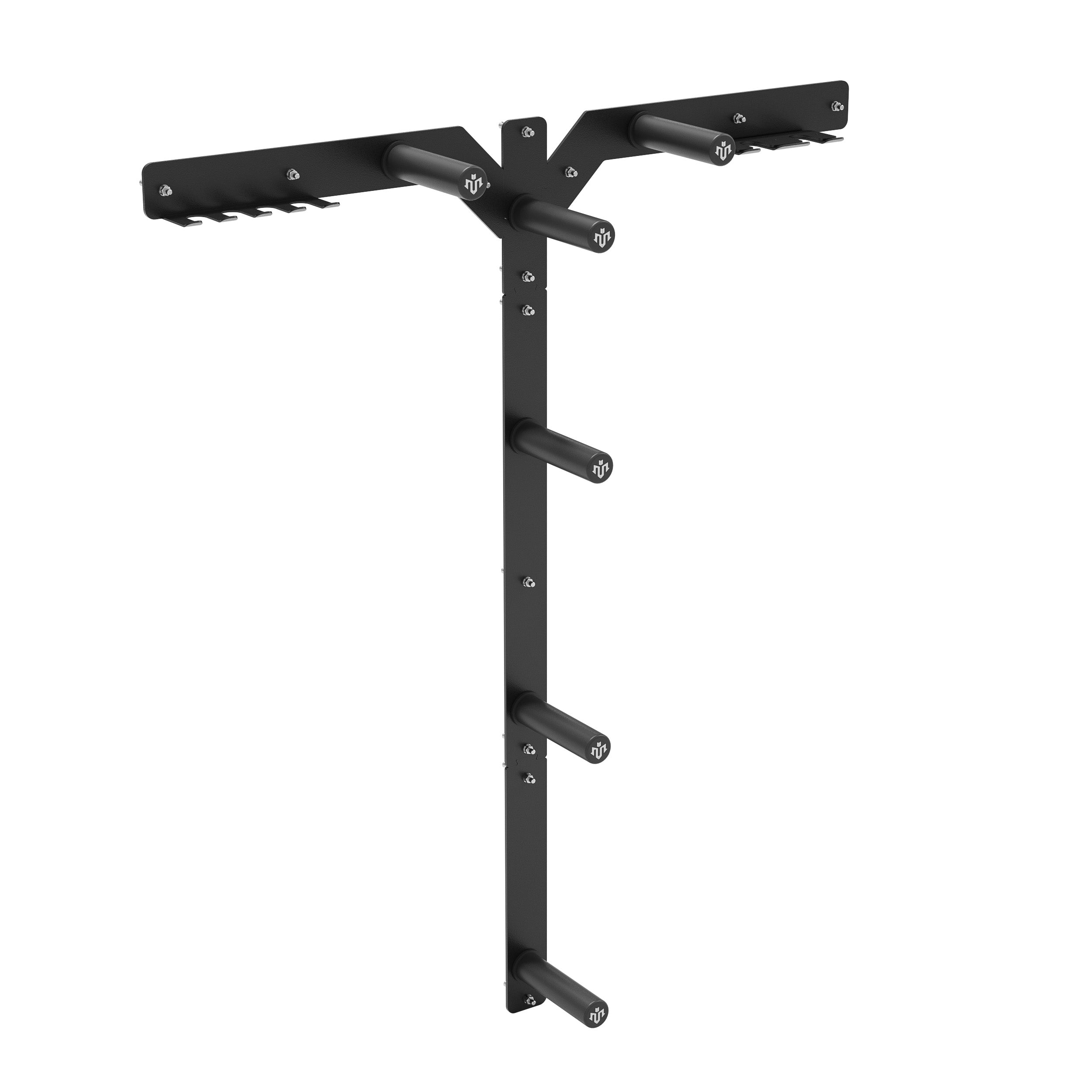




Leave a comment
This site is protected by hCaptcha and the hCaptcha Privacy Policy and Terms of Service apply.